How a Russian Scientist's Sci-Fi Genius Made Sputnik Possible

On May Day 1935, thousands gathered in Red Square to celebrate the glorious Soviet state. It was near the end of the proceedings when the feeble voice of 77-year-old Konstantin E. Tsiolkovsky, the preeminent Soviet astrophysicist and a national hero, echoed through the square from speakers atop Lenin's Mausoleum:
"Now comrades, I am finally convinced that a dream of mine-space travel-for which I have given the theoretical foundations, will be realized. I believe that many of you will be witnesses of the first journey beyond the atmosphere. In the Soviet Union we have many young pilots... (and) I place my most daring hopes in them. They will help to actualize my discoveries and will prepare the gifted builders of the first space vehicle. Heroes and men of courage will inaugurate the first airways: Earth to Moon orbit, Earth to Mars orbit, and still farther; Moscow to the Moon, Kaluga to Mars!"
The square erupted in cheers, led by none other than the country's leader Joseph Stalin.
Twenty-two years later, the Soviet Union launched the first artificial satellite into space aboard the R-7 rocket. After its flight into space on October 4, 1957-60 years ago today-Sputnik-1 quickly entered into legend, and struck fear in the United States about falling behind in the space race. But such a momentous launch likely couldn't have happened without Tsiolkovsky, a mathematician, founding father of modern rocketry, and a science-fiction visionary that even inspired Arthur C. Clarke.
"It's very hard to overestimate the impact Tsiolkovsky had on the generation that built Sputnik," says Asif Siddiqi, space exploration scholar and professor of history at Fordham University.
While he remains unknown to many Americans, Tsiolkovsky's influence on Russian space exploration is still felt today.
Born to Dream
Tsiolkovsky was a man of humble beginnings, a fact that the Bolshevik government would emphasize in later years. He was born in 1857 in the small town of Kaluga, 110 miles southwest of Moscow. At ten, he contracted scarlet fever which left him nearly deaf. Due to his inability to hear, school proved difficult and he dropped out. Later, Tsiolkovsky would take great pride in his self-prescribed eduction, saying "besides books, I had no other teachers."
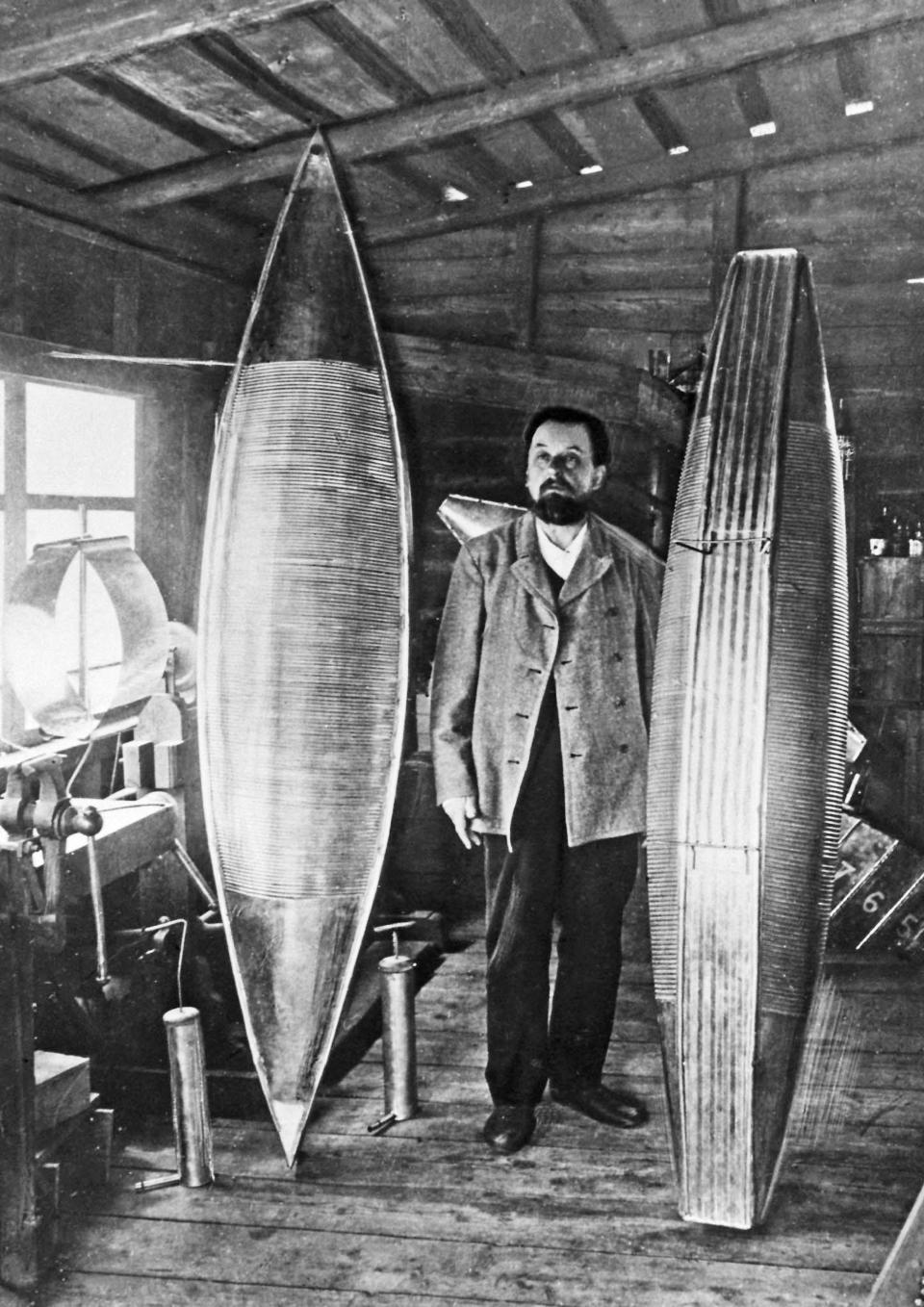
In his late teens, he moved to Moscow to study at the world-famous Rumyantzev Library (today, the Russian State Library). That's where he discovered the works of French writer Jules Verne. Many of Verne's space stories, like "From Earth to the Moon" and "Off on a Comet," were growing in popularity around the world, and Tsiolkovsky became entranced by the seemingly fanatical descriptions of rocket propulsion, space travel, and visiting the moon.
Tsiolkovsky would go on to prove that a giant cannon, like the one used in Verne's "From Earth to the Moon," would inevitably killed its passengers due to the extreme force of acceleration. But Tsiolkovsky had his own theories of propulsion, ones that wouldn't kill the aspiring cosmonaut. He thought someone could escape Earth using liquid fuel and the correct ratio of thrust, velocity, and mass. He eventually fleshed out this theory, which became known as "Tsiolkovsky's Equation" or the "ideal rocket equation." The calculations are likely the first scientifically sound proposal for the use of rockets for space travel and form the very foundation of modern-day rocket science.
The Power of a Sci-Fi Mind

Taking a cue from Verne, Tsiolkovsky created science-fiction stories of his own, hoping to spread the science behind his "unbelievable" ideas. In 1892's "On the Moon," the main character is in suffering from a fever dream where he imagines that he and a friend are on the moon. He describes the weightlessness, cold, and darkness of being on the moon, and often describes things in such detail that it reads more like a lecture.
For example, when the friend explains why things weigh less on the moon, Tsiolkovsky writes, "a 30-lb weight is only showing 5 lbs. This means that the force of gravity is reduced by a factor of 6...This exact scale of gravity exists on the surface of the moon, a result of its smaller volume and the lesser density of its composition."
His later works, like 1895's "Dreams of the Earth and Sky," described humanity's colonization of space, including drawings of asteroid mining and greenhouses in space, and 1932's "Comic Philosophy" discussed humanity's future traveling among the stars.
"[Tsiolkovsky's stories] weren't aesthetically beautiful or meant as high literature," Siddiqi says. "They were meant as pedological tools to understand space travel."
Tsiolkovsky was also a true believer in a utopian philosophy known as Russian cosmism. The thinking went that everything in the universe-from humans to the tiniest grain of sand-has some level of consciousness. When humans die, they simply drift off into space ready to reanimate on a planet far away from Earth.
"The Earth is the cradle of mankind, but one cannot live in the cradle forever."
Particularly in his later years, Tsiolkovsky wrote volumes on cosmism, combining his scientific work with his space theology. When looking at Tsiolkovsky, someone who's life was punctuated with perpetual loss, it's easy to see why he looked for hope in his life's work and the cosmos above.
Eventually, this philosophy lead him to write that "the Earth is the cradle of mankind, but one cannot live in the cradle forever" This phrase would go on to be quoted by another famous science educator- Carl Sagan.
A Revolutionary Legend
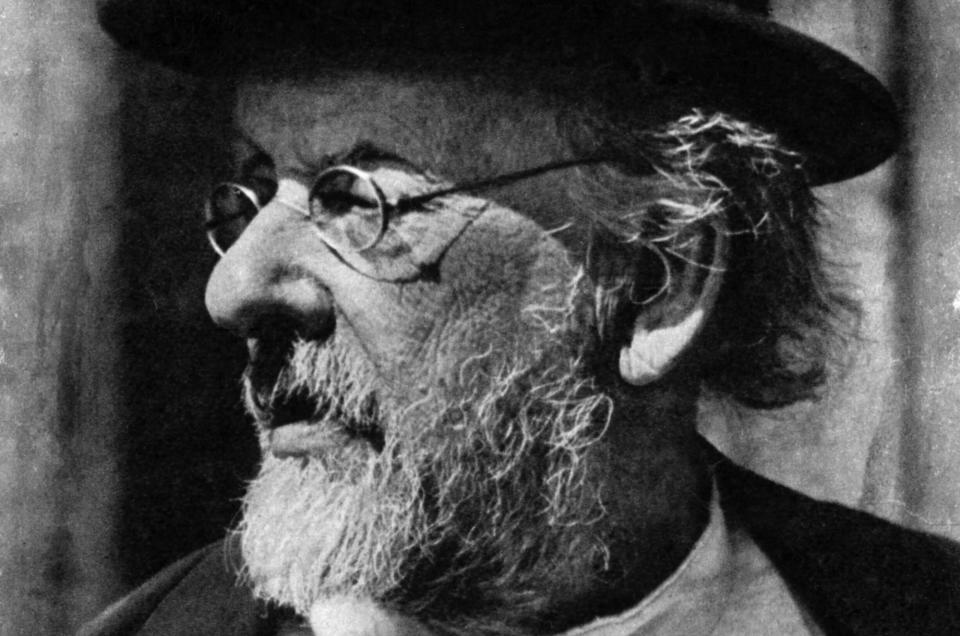
While his writings and research are popular in Russia today, for most of his life Tsiolkovsky worked in obscurity. His meditations on liquid propellants, off-Earth colonization, and "celestial castles," were often ignored by the scientific community. This was because of his lack of formal education, his few connections to the autocracy, and the seeming outlandishness of his ideas.
However, that changed when 1917's Russian Revolution toppled the tsar. Tsiolkovsky's homegrown narrative and Soviet-centric ideology were perfect fodder for a new government looking to emphasize national pride. In the 1920s, when Tsiolkovsky was already in his mid-60s, millions of copies of his earlier works were printed and used as propaganda tools for a totalitarian state trying to prove its superiority.
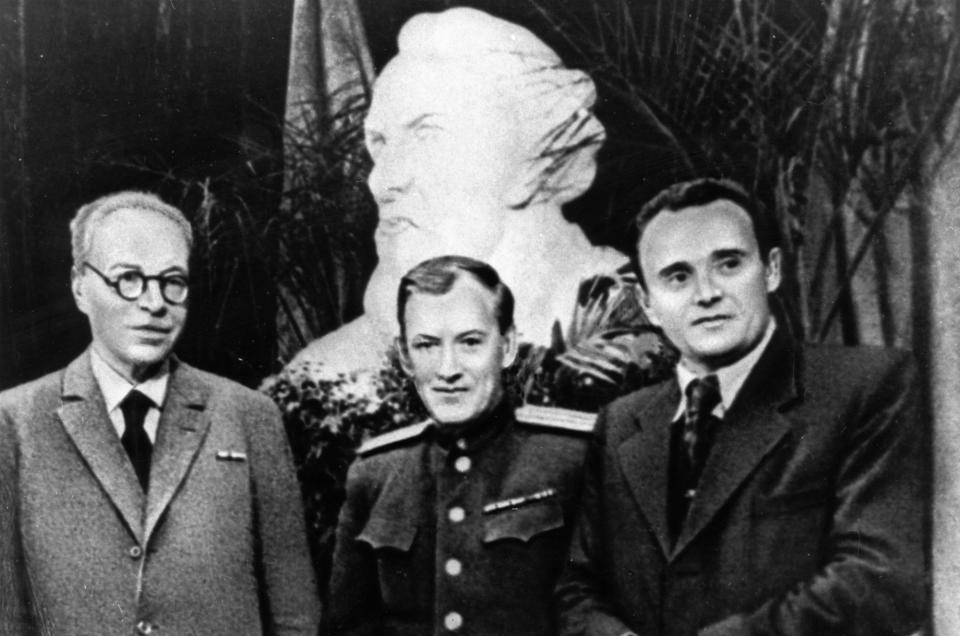
According to his memoirs, Tsiolkovsky wrote of his socialist leanings even prior to the revolution and blamed the tsar for his research's lack of acceptance. "He was a dedicated socialist... his personal philosophy was Soviet socialism," says Tsiolkovsky biographer Daniel Shubin, "He wasn't forced into doing any of this. He believed in a lot of the Marxist concepts."
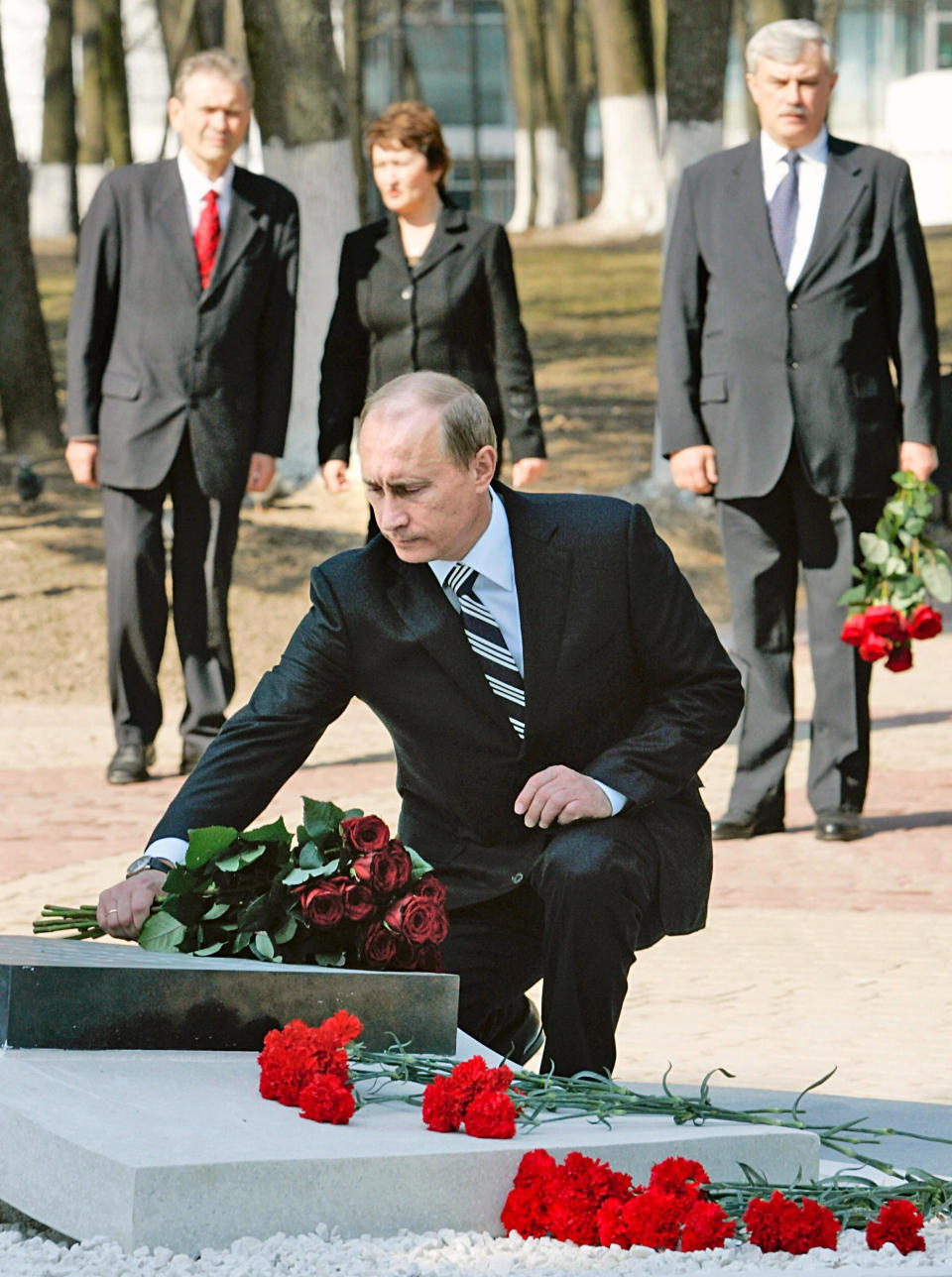
It was during this time of the 1920s and 30s, when key figures of the Sputnik space programs were children, that Tsiolkovsky became a mythical figure telling the Russian people exploring space was possible. Just a few decades later, many people who saw and heard him were doing just that. With Tsiolkovsky's equation as a building block and his sci-fi stories as inspiration, people like Tikhonravov, Korolev, and Glushko sent the first satellite into space in 1957.
"He deserves to be considered one of the great pioneers of the space age," says Mike Gruntman, who worked in the Soviet space program until 1989 and is now a professor of Astronautics at USC. "His effect on the next generation of people that really implemented (the Soviet space program) is undeniable."
Tsiolkovsky died only a few months after his May Day speech, leaving behind an array of theories, drawings, writings that were not so far off from today's reality-he imagined things like air locks, pressurized suits, and space elevators. His home in Kaluga is now a museum, celebrating the man who taught Russia to reach for the stars.
"All my life I have dreamed that by my work, mankind would at least be advanced a little," Tsiolkovsky wrote close to his death in 1935. When Sputnik was launched 22 years later, mankind advanced much more than a little.
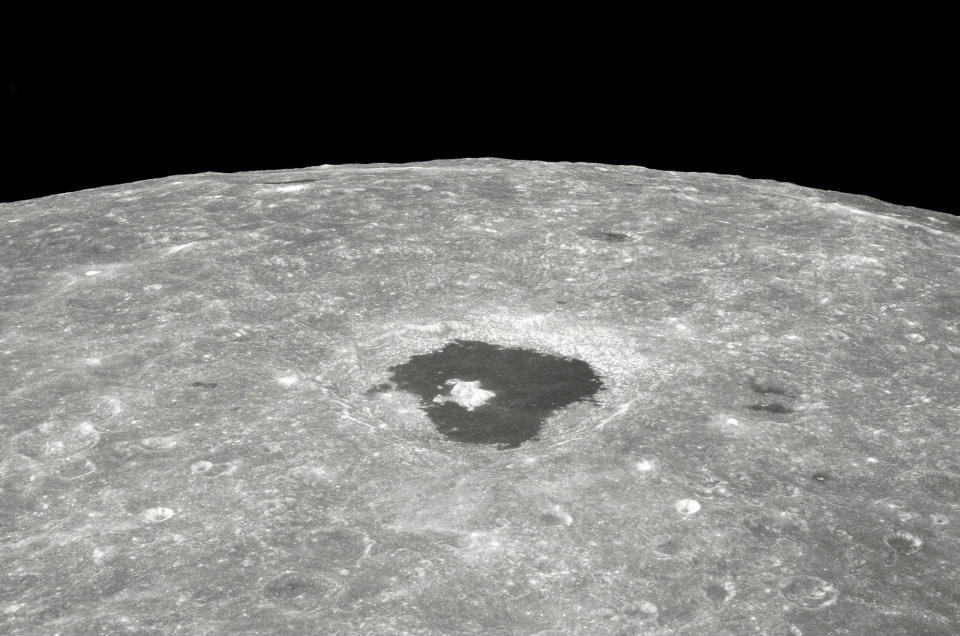
You Might Also Like

